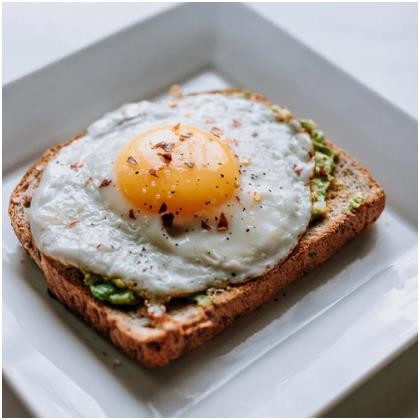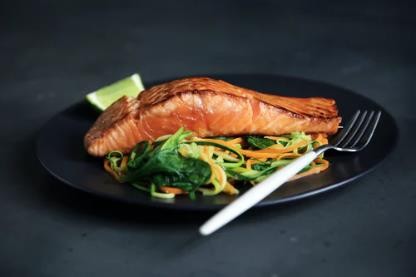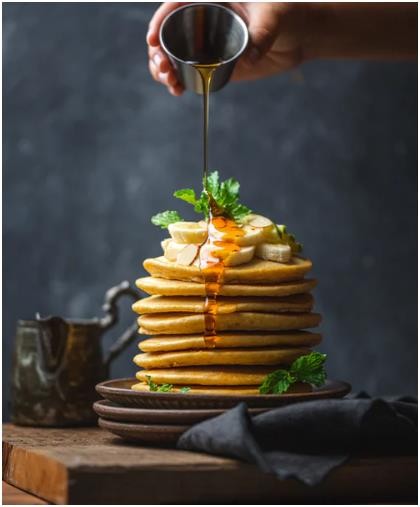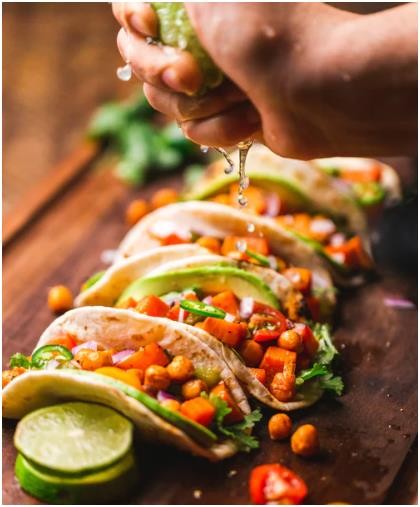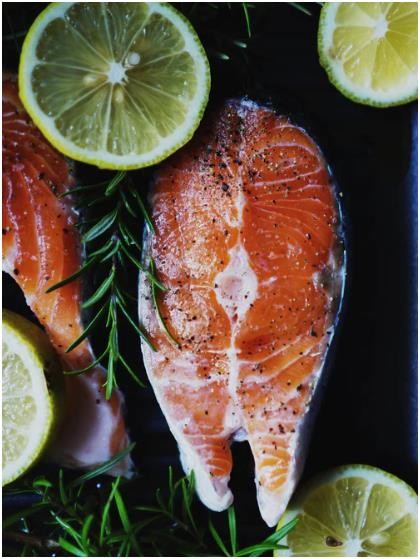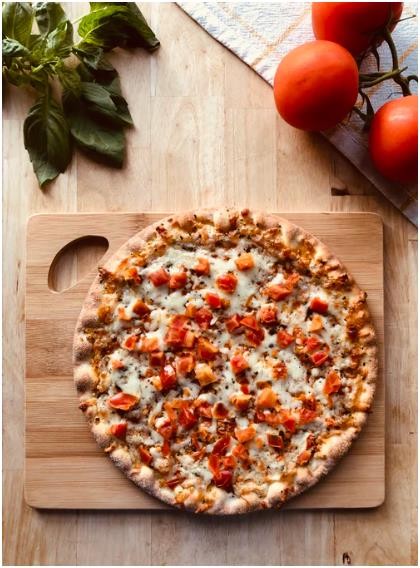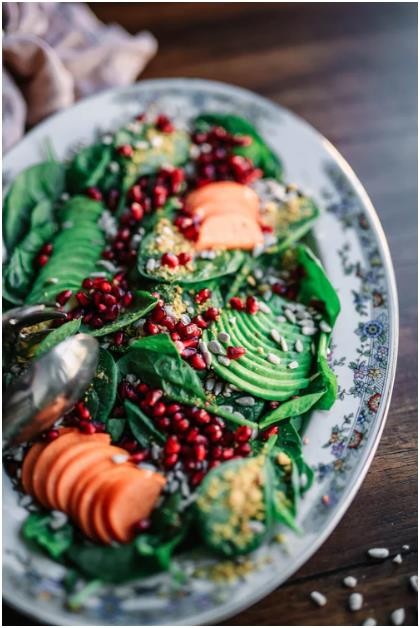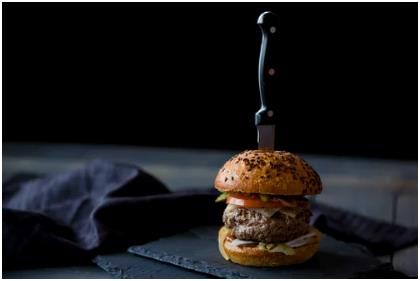Exploring Global Flavors A Multisensory Guide to Culinary Critici**
Exploring GloBAl Flavors: A Multisensory Guide to Culinary Critici**
1. The Art of Culinary Storytelling
Effective food writing transcends mere description, blending sensory details with cultural narratives. A well-crafted review should evoke the aroma of simmering spices or the texture of freshly steamed dumplings while contextualizing dishes within their regional heritage. For instance, discussing Chinese dumplings (jiaozi) requires mentioning their symbolic role during Lunar New Year—a tradition rooted in ancient wealth symboli** —to deepen reader engagement.
2. Structuring Your Review for Impact
Introduction: Hook readers with a vivid scene, such as the sizzle of a wok in a bustling Guangdong kitchen or the ritual of British afternoon tea .
Body:
Sensory ****ysis: Use precise vocabulary like "velvety miso broth" or "crisp, golden tempura" to paint taste and texture.
Cultural Context: Highlight how dishes reflect migration patterns, like the fusion of Indian spices in British curries or the influence of Chaozhou cuisine on Guangdong dim sum .
Conclusion: BaLANce personal opinion with universal appeal, such as praising a restaurant’s commitment to authenticity while critiquing its accessibility for non-native diners .
3. Key Principles for Authenticity
Avoid Stereotypes: Distinguish between "exotic" tropes and genuine culinary traditions. For example, note that Sichuan peppercorns’ numBing heat is not just "spicy" but a deliberate sensory contrast .
Ethical Critici**: Acknowledge labor practices, like fair-trade tea sourcing in Japanese matcha ceremonies or ethical sourcing of truffles in Italian cuisine.
Language Nuance: Differentiate between "umami" (Japanese savory depth) and "ma la" (Sichuan numBINg-spicy) to avoid oversimplification .
4. Global Case Studies
British Innovation: While traditional dishes like beef Wellington face critici** for heaviness , modern chefs reinterpret them with locally foraged ingredients, appealing to health-conscious audiences .
Middle Eastern Fusion: Lebanese restaurants in Paris now pair tabbouleh with foie gras, sparking debates about cultural appropriation vs. culinary evolution .
5. SEO & Presentation Tips
H1 Optimization: Use primary keywords like "culinary critique" or "food culture ****ysis" in the title to enhance search visibility .
Multimedia Integration: Embed videos of cooking techniques (e.g., Japanese ramen noodle-making) or infograpHics comparing spice heat levels .
By merging meticulous sensory observation with historical depth, your review can transform into a passport to global gastronomy. As food critic David Chan noted, "The best critiques don’t just describe meals—they resurrect dining rooms and transport readers across continents" .
For more structured writing frameworks, refer to SEO best practices in and cultural ****ysis techniques in and .
版权声明:本文内容由互联网用户自发贡献,该文观点仅代表作者本人。本站仅提供信息存储空间服务,不拥有所有权,不承担相关法律责任。如发现本站有涉嫌抄袭侵权/违法违规的内容,请联系QQ:23236402举报,一经查实,本站将立刻删除。


